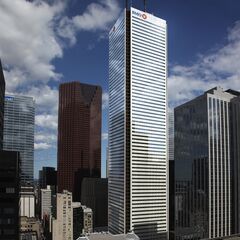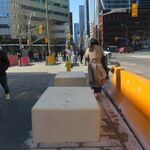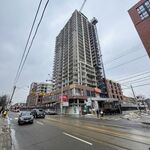When B+H Architects' Lisa Bate arrived in Shanghai in 2012, the Toronto architect set out to help improve the green standards of the Chinese development industry. Bringing a wealth of international experience to a market not known for its ecological and architectural standards, Bate—elected as Canada's representative to the World Green Building Council—worked to implement sustainable design principles and green building technology in a part of the world that western eyes often see as lagging behind in environmental standards.
In returning to Toronto, however, it's Bate's foreign experience that now helps guide some of B+H's Canadian practices. "Ironically, in this case it's the east leading the west," Bate tells us, explaining the Chinese Gigabase system that comprehensively tracks building and material performance. Together with its associated RESET app, the GIGA database "provides a huge collection of raw data," with the compiled information facilitating a more thorough overview of buildings and individual materials.
 B+H's Lisa Bate, image courtesy of B+H
B+H's Lisa Bate, image courtesy of B+H
"The RESET app allows developers and architects to monitor air quality and environmental conditions—including ambient temperature, CO2, and humidity—in buildings real-time," Bate tells us, "while the [GIGA] database provides a comprehensive listing of individual materials and their energy performance." Launched in 2009, the cloud-based material management software also includes the RESET app, which analyze the environmental performance of buildings in real time.
Created by a team of architects who struggled to improve green building standards in China, the GIGA system—which includes the Gigabase and the RESET app—has made implementing better standards easier by providing a more comprehensive data pool. Launched "as an open source database listing the greenest materials available in China's construction marketplace," the project's official website lists a wealth of green building projects made possible—in part—by the software, which has since received international support from the Clinton Foundation.
In the Canadian context, Bate argues that the RESET app can prove particularly impactful. "Typically, the environmental health of buildings isn't as closely monitored once occupancy begins," Bate explains, describing industry standards that analyze indoor environmental quality in the "flush-out" period that follows construction completion but precedes occupancy. "With RESET, though, environmental conditions are tracked over the long-term, giving us a better idea of how buildings age and what kind of environmental concerns develop over time."
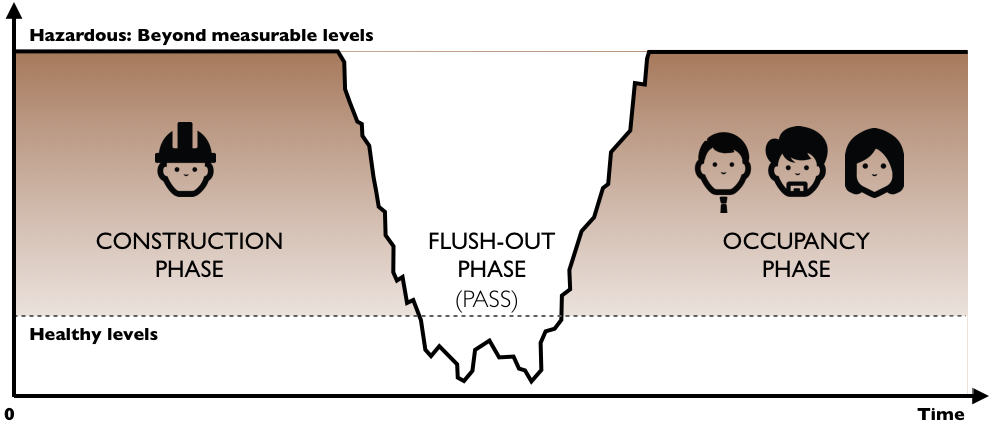 Illustrative depiction of potential air quality throughout early lifecycle (illustrative purposes only), image courtesy of RESET
Illustrative depiction of potential air quality throughout early lifecycle (illustrative purposes only), image courtesy of RESET
"For example, one of our buildings saw a sudden change in air quality when cleaning staff switched the types of products they were using. If we hadn't been monitoring the indoor environment so closely, we never would've been able to isolate that variable," says Bate , explaining that the air quality inside buildings can change substantially without any notice or acknowledgment, particularly as buildings age. "It's very important to know how good the air inside a building is, and how well it's performing."
"Here in Toronto, though, our outdoor air quality is generally very good, so the circumstances aren't the same. In China, it's about keeping the bad air out, but here, the bad air is typically inside," Bate explains, describing the "sick building syndrome" that is increasingly becoming recognized as a health hazard. Using RESET, Bate notes that the impact of every change or retrofit made to a building can be effectively tracked, giving architects, developers, property managers and tenants a more transparent overview of long-term conditions.
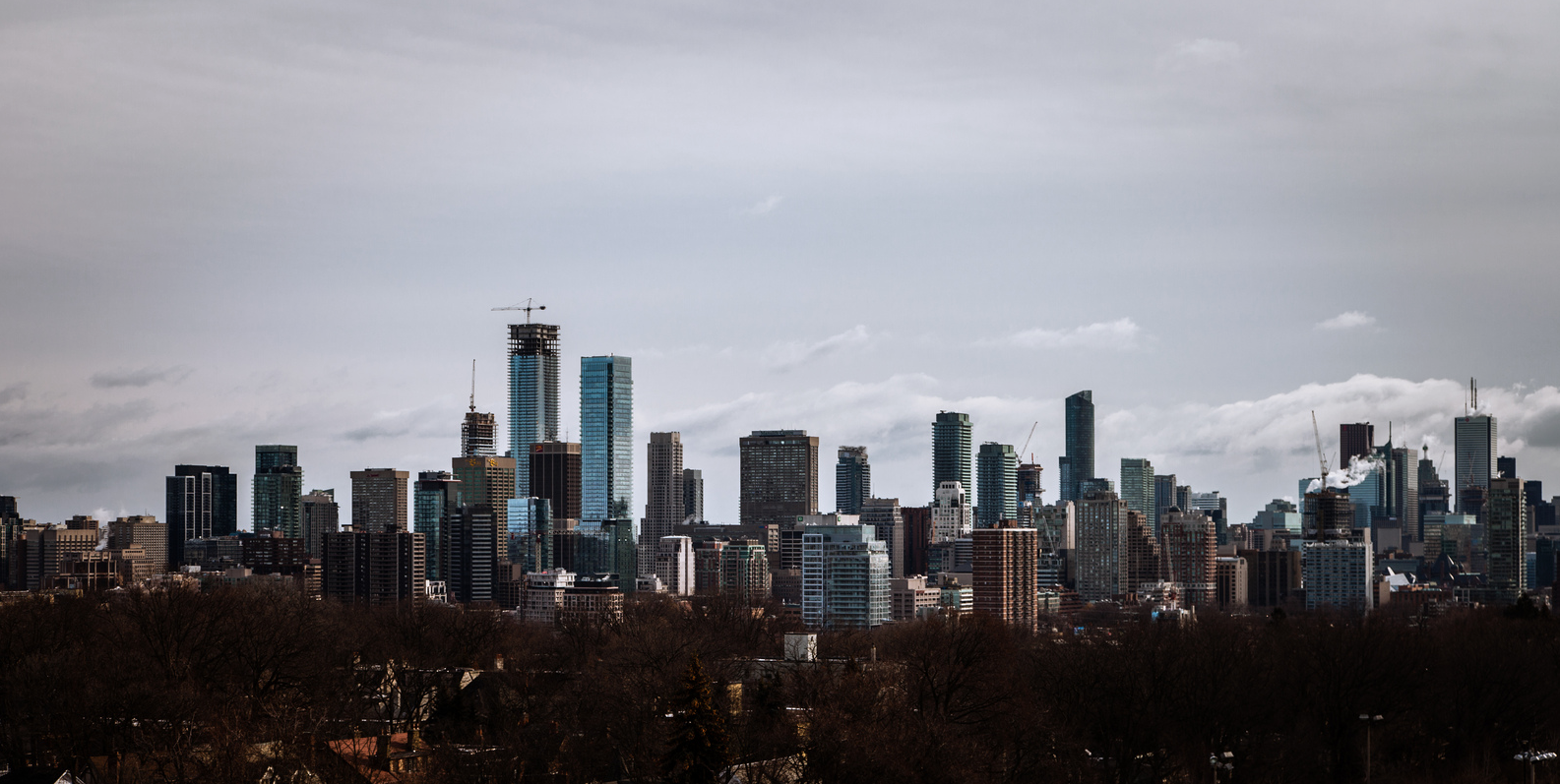 The Toronto skyline, image by Jack Landau
The Toronto skyline, image by Jack Landau
For developers and architects, the Gigabase system provides a large data pool of materials and their performance. "The system allows us to ping manufacturers directly to inquire about materials, while the data itself can be filtered for performance in particular climates and environments," Bate tells us, describing the database as a useful tool in finding the best manufacturers and an effective predictor of long-term performance.
Now back in Toronto, Bate characterizes our green building industry as an increasingly assertive leader in innovation. "In many cases, it's the industry leading the way and working to innovate. We don't have a culture of just responding to meet the green standards that are mandated. For much of the industry, the benchmark that we aim to set is higher. We don't get things handed down to us. We hand them up."
 First Canadian Place dominates the Financial District skyline, image by UT Forum contributor G.L.17
First Canadian Place dominates the Financial District skyline, image by UT Forum contributor G.L.17
"Being back in Toronto is particularly interesting, since we (B+H) have the chance to work on so many of our projects over a long period. For example, First Canadian Place was a B+H design, but we also had the chance to work on re-cladding the building decades later. From a long-term green energy perspective, it's very valuable to have those opportunities."
While Bate touts the wealth of data provided by the GIGA software as an important tool, "it's ultimately just that, a tool. What really matters is how we use that information and what we try to learn from it, how much we strive to innovate... What really matters is what we choose to do."
| Related Companies: | B+H Architects, EllisDon |

 2.5K
2.5K 



